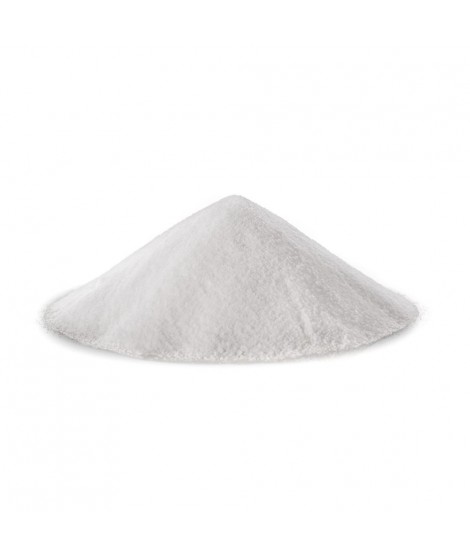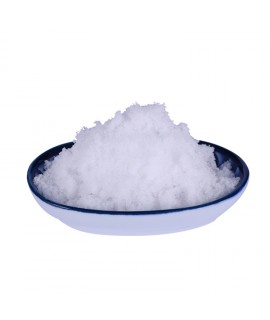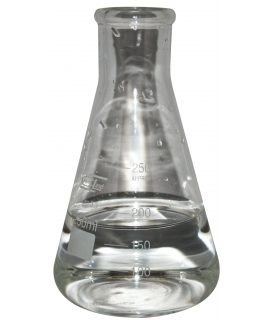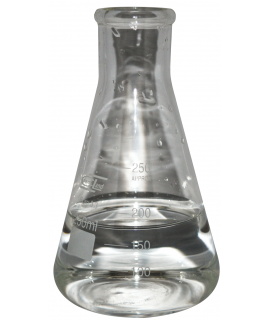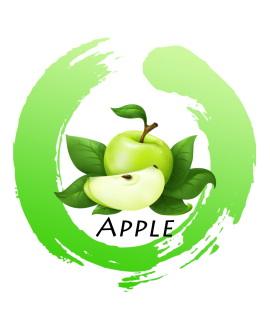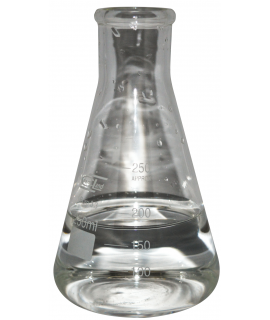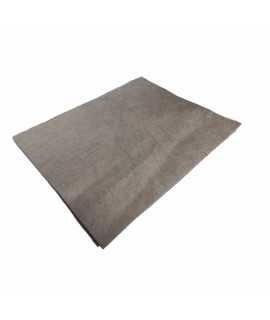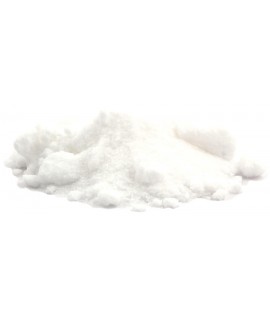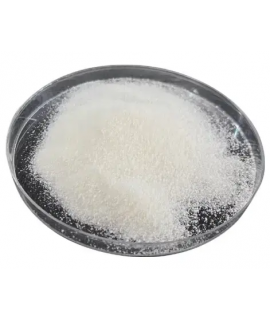|
Parameter |
Attribute |
|
Malic acid |
Hydroxydutanedioic acid, 2-hydroxy succinic acid, E296, hydroxybutanedioic acid, 2-hydroxysuccinic acid, (L/D)-Malic acid, (±)-Malic acid, (S/R)-hydroxybutanedioic acid |
|
Formula |
C4H6O5 |
|
Structure |
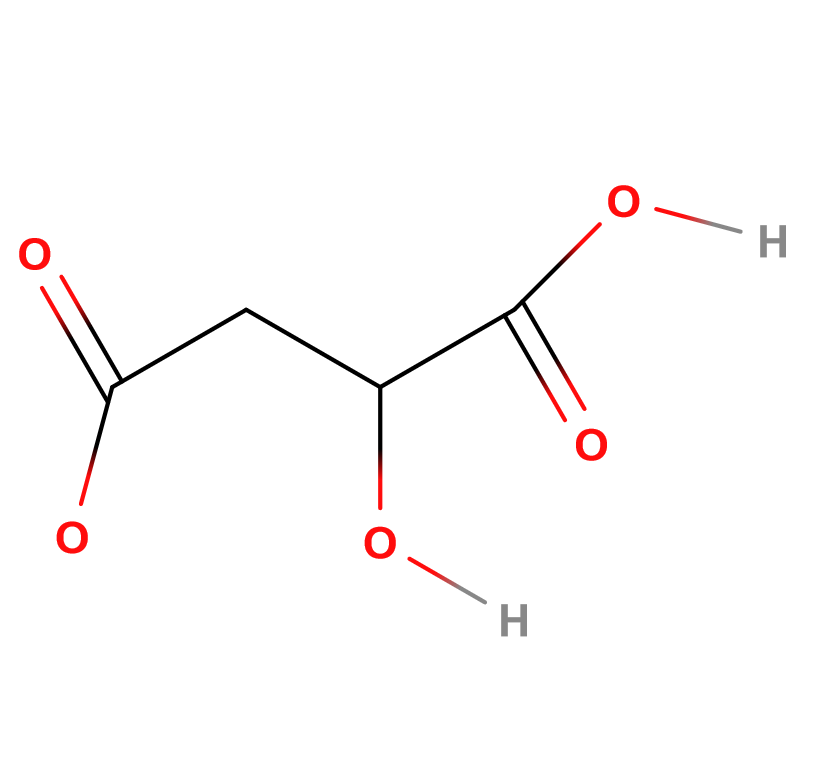  |
|
IUPAC |
2-Hydroxybutanedioic acid |
|
INCI |
MALIC ACID |
|
CAS |
6915-15-7 |
|
Molar mass |
134.09 g/mol |
|
Density |
1.609g/cm3 |
|
Solubility |
558 g/L (at 20 °C) |
For food and beverages, malic acid is used in many fruit products such as apricots, blackberries, blueberries, cherries, grapes, peaches, pears, plums, and quinces, while other fruit products, such as citrus fruits, use lower concentrations. This acid helps to bring out the sour taste of unripe apples. Sour apples are high in acid. It is present in grapes and in most wines, sometimes at concentrations of up to 5 g/l. This gives the wine a spicy flavor and the acid content decreases as the fruit matures. The taste of malic acid is very clear and pure in rhubarb, the plant where it is the main flavor. It is also a component of some artificial vinegar flavorings, such as 'salt and vinegar' flavored potato chips. Citrus fruits produced in organic farming have a higher malic acid content than fruits produced in conventional agriculture. The malolactic fermentation process converts malic acid into a much milder lactic acid. Malic acid occurs naturally in all fruits and many vegetables and is produced by the metabolism of fruit. Malic acid added to foodstuffs is labelled with the E number E296. It is sometimes used with or instead of the less acidic citric acid in sour sweets. One gram of malic acid contains 10 kJ (2.39 kilocalories) of energy. The content of malic acid in grapes is highest just before ripening, when it reaches concentrations as high as 20 g/l. As the grapes ripen, malic acid is metabolized by respiration and can be present at concentrations ranging from 1 to 9 g/l at harvest. When all the malic acid in the grapes has been used up, the berry is considered to be 'overripe' or senescent. Winemakers have to compensate for this loss by adding other acids to the wine. Malic acid in food has many benefits for athletes: it helps the body to release energy from food, it increases the physical endurance of athletes and exercisers, it provides strength during the hypoxic phase of training, and it can alleviate the symptoms of chronic fibromyalgia by reducing pain. For these reasons, foods containing malic acid are highly recommended for people who participate in intense, competitive or professional sports, as they are thought to increase physical performance, especially in cases where the cells lack oxygen. It can prolong athletic performance, especially when taken as a dietary supplement during hypoxic training phases.
In horticulture, it is used to regulate soil health. One way to maintain the soil in good condition may be to add molasses to the soil, thereby increasing the synthesis of malic acid-synthesizing microbes. This is considered to be a natural defense whereby soil microbes inhibit disease by secreting malic acid, and therefore soil amendment with molasses can be used as a crop treatment in horticulture. It is used by dissolving 1g or 1/3 of a teaspoon in 10 l of water. It is important not to overdose, as the acidic effect of malic acid can burn plants.
In cosmetics, malic acid is used in many cosmetic products as an ingredient to adjust the pH value. It can be used as a skin and facial care product, removing dead cells from the skin and accelerating the formation of new ones. Malic acid belongs to the carboxylic acids and is a fruit acid. It is very often used to kill dandruff and in cosmetics containing AHA acids. It reduces fine lines, brightens the skin, improves its texture and reduces the visibility of sebaceous glands. Dosage: up to 10% in home cosmetics (with a cosmetic pH ≥ 3.5), up to 30% in professional cosmetics used by qualified professionals (with a cosmetic pH ≥ 3)
In cleaning, as a tool or agent (additive) for the formation of complex compounds. Malic acid forms compounds with metals to render them soluble. Effectively cleans and prevents the formation of new limescale deposits in evaporators, boilers, kettles etc. It is very commonly used in coffee machine descalers, both liquid (as a component) and solid (both pure and as a co-ingredient).
In industry, malic acid is used to dissolve rust on steel or as a substitute for nitric acid to passivate stainless steel. It is also used in the etching and coating of electronic circuit boards.
Medical. Prevents the formation of kidney stones by binding calcium. It is a good antioxidant which neutralizes free radicals that promote the formation of cancer cells (tumours). Helps the body to better absorb minerals from foods. Can cure a sore throat by killing the bacteria that cause infection - rinse the throat with an aqueous solution of malic acid. Can be easily converted to citric acid in the body.
In the paint industry, malic acid can be used as an odourless alternative to white vinegar in acid dyes. Due to its antioxidant properties, it is used as a color stabiliser or fade inhibitor.
Important: Add the item to your basket, fill in the recipient's details and confirm your order. Thank you!
To save your precious time, we will deliver your order to your address at a time convenient for You!
*- The pictures of the goods may not correspond to the actual appearance, color, assembly or shape of the goods and their packaging. The information in the product description is of a general nature and may not correspond to the information on the packaging of the product and may not be the exact use of the product. The information given on the stocks and prices of goods may, in certain cases, differ from the actual prices and stocks of goods
**- The product complies with the requirements for food additive E296 but is not intended for use as a food additive.
|
Signal word: Warning |
|
Hazard icons:
|
|
Danger phrases: H319 Causes severe eye irritation |
|
Precautionary statements: P264 Wash hands thoroughly after use. P280 Wear eye/face protection. P305 + P351 + P338 IN CASE OF CONTACT WITH EYES: Wash gently with water for several minutes. Remove contact lenses, if present and if easy to do so. Continue to wash eyes. P337 + P313 If eye irritation persists: seek medical advice. |
Related products
(8 other products in the same category)

